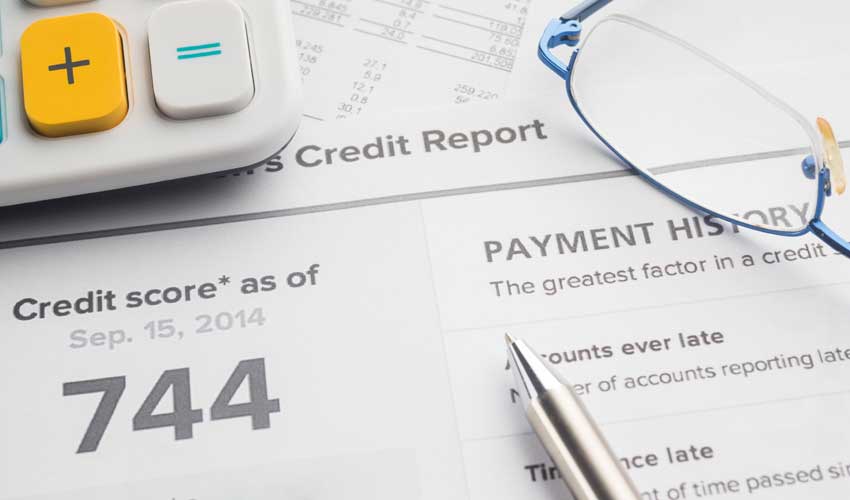 Guide to Fixing Credit Report Errors
Guide to Fixing Credit Report Errors
Credit report errors do end up frequently and are caused by lenders, banks, debt collectors or credit bureaus getting it wrong. And getting it wrong, could cost you thousands in additional interest payments. However no one is going to remove them on your behalf. Credit reporting agencies just don’t have an obligation to correct anything on your credit report unless you tell them it’s wrong.
How can you determine if your credit report is wrong?
The only way to know about inaccuracies on your credit reports is to check them regularly. You can request an annual credit report from each of the big three credit bureaus at annualcreditreport.com to see if they may contain inaccuracies. When you receive access to your report, be sure to scan each one thoroughly for errors. There are relatively minor issues that may appear but also some major errors that will or have impacted you. Issues such as a misspelled address or slight name misspelling is minor, in comparison to more serious mistakes such as accounts that don’t belong to you, late payments that weren’t late and credit inquiries you didn’t authorize.
If you’ve found something you believe to be inaccurate, file a dispute. If the same mistake occurs in more than one report, you’ll need to file a dispute with each credit bureau. Alternatively, you can hire a lawyer at McCarthy Law PLC, who will for no fees, manage this process and dispute any inaccuracies. Call (855)-976-5777 to speak with us now and see how this can help relieve your stress and worry and may even result in earning you money from the inaccurate report.
Best practices to fixing your credit report on your own
- Consider using snail mail. Filing your dispute online is the quickest option to notify them but most experts confirm a mailed letter might still be the best way to go. The online form can be difficult to navigate and complete accurately.
- Fill out the right forms. The FTC has a sample letter you can use to explain your dispute. Equifax and TransUnion also require you to submit a dispute form with your letter.
- Explain the issue clearly. Be clear about what you’re disputing. Lay out the facts of what is wrong and why and include an itemized list if there are multiple issues.
- Provide proof that it is wrong. You need to substantiate your claim and prove that you’re right about the error. You will need to locate any paperwork that could be helpful to attach with your dispute, such as payment records, court documents, identification, letters.
- Document everything. Before you send in your dispute, ensure that you make copies. Record any phone or email conversations you have with credit bureaus, banks or lenders so that you have a paper trail.
- Put it in the mail. Check each credit bureau’s site for their specific instructions and dispute resolution mailing addresses. Send disputes through certified mail and request a return receipt to confirm delivery.
- Wait. Be Patient. The credit bureaus are slow and must look into your claim and issue a response. This process could take up to 45-90 days to hear back.
When you do hear back from the credit bureau, the response will let you know the resolution to your claim. It would result in on of three responses: the item under dispute has been deleted, fixed or remains the same.